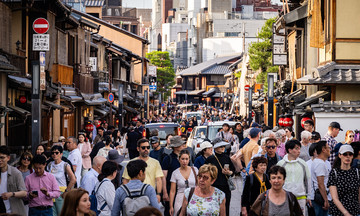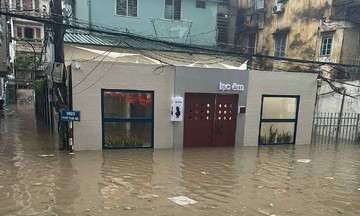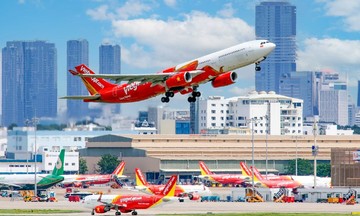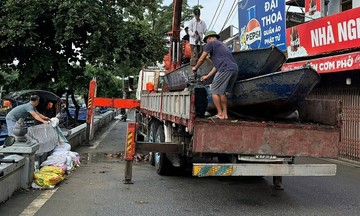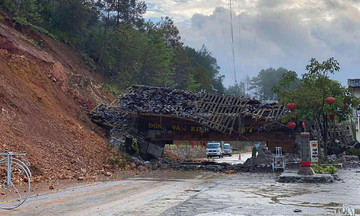A month after rumors of a "super earthquake" spread from a popular manga series, Takamatsu airport in Kagawa prefecture is still struggling to attract tourists, especially those from Hong Kong.
At the Takamatsu Airport Operation Review Council meeting on 25/8, officials reported a 31% drop in passengers flying from Hong Kong after the rumors spread. This decline has persisted, and flights suspended before July have not yet resumed.
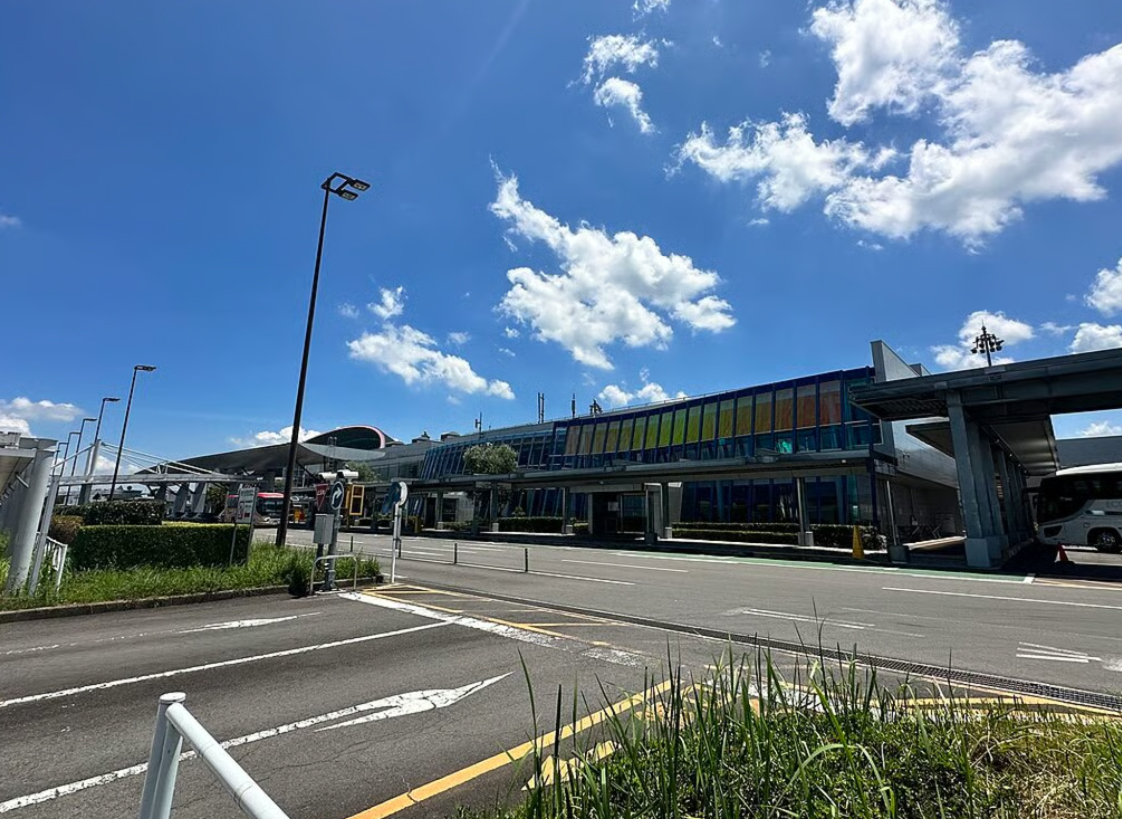 |
Takamatsu airport in Kagawa prefecture. Photo: Handout |
Takamatsu airport in Kagawa prefecture. Photo: Handout
The rumors originated from "The Future I Saw", a manga series by Ryo Tatsuki. The 2021 reprint of the book (originally published in 1999) predicted a major earthquake in Japan on 5/7 of this year.
Takamatsu airport president, Yoshiki Obata, said the decline has also affected flights from South Korea and mainland China. He warned the trend could continue if concerns persist.
The rumors were widespread. A survey of 5,000 users of Payke, a shopping app for foreign visitors in Japan, found 93% had heard the rumors. Of nearly 3,400 people planning to visit Japan in July or August, 11% cancelled or postponed their trips.
In Hong Kong, the cancellation rate was almost double, at 20.8%. The drop in demand forced Hong Kong Airlines and Greater Bay Airlines (both of which operate flights to smaller Japanese cities) to suspend some flights and adjust schedules.
"The earthquake rumors are definitely impacting Japan's tourism and will temporarily curb growth," said aviation analyst Eric Zhu. Tourists are being cautious, especially with other short-haul options in the region.
July passed without incident—the largest nearby earthquake was an 8.8 magnitude quake off the Kamchatka Peninsula (Russia) on 30/7—but tourists have been slow to return, especially to rural destinations.
Japan welcomed a record 3.4 million international visitors last month, a 4.4% increase year-on-year. However, arrivals from major markets declined, including Hong Kong (down nearly 40%) and South Korea (down 10%).
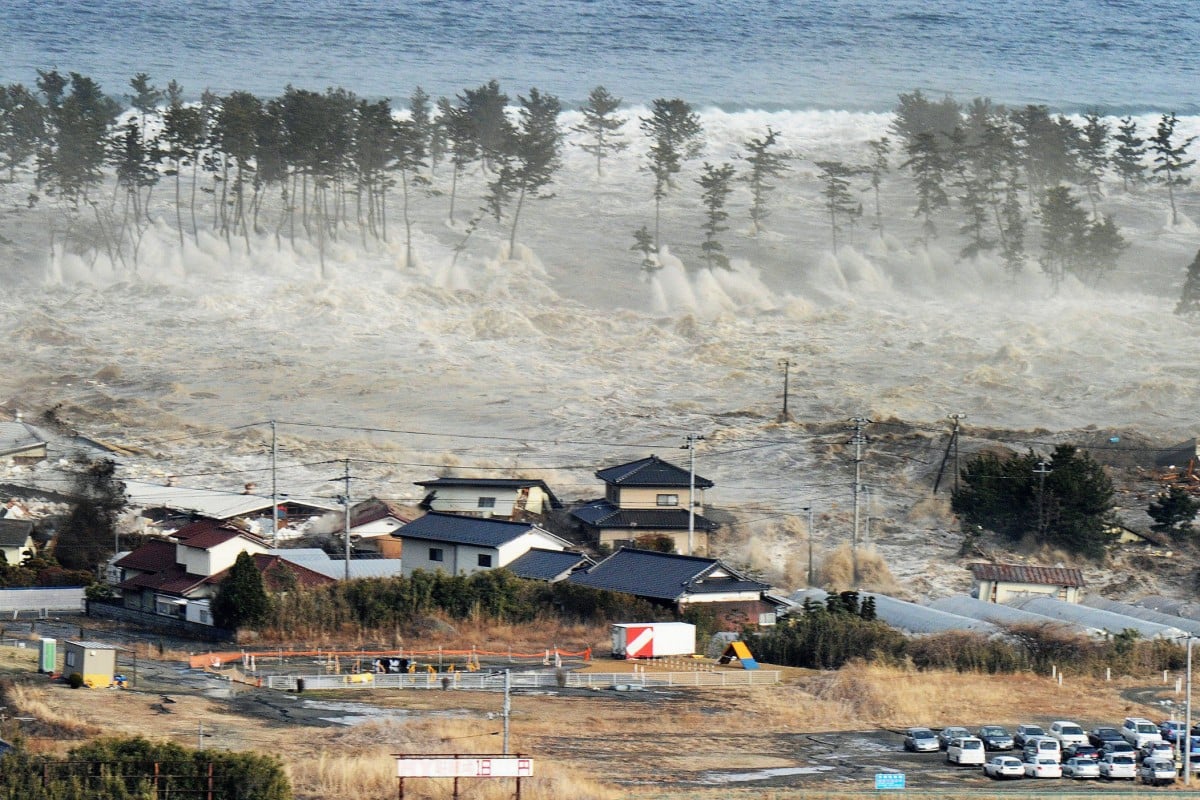 |
The tsunami triggered by the Great East Japan Earthquake engulfed houses in Natori, Miyagi prefecture, on 11/3/2011. Photo: Kyodo |
The tsunami triggered by the Great East Japan Earthquake engulfed houses in Natori, Miyagi prefecture, on 11/3/2011. Photo: Kyodo
The Japan Tourism Agency attributed the decline to flight disruptions caused by storms and "social media rumors" related to the earthquake. They plan to analyze market trends and launch strategic promotional campaigns abroad.
Reactions on social media to the airport's situation were mostly supportive. One commenter suggested, "Maybe it's just too hot. They'll come back when it cools down." Another considered it "a good thing" for a break from overtourism.
Japan's location on the Ring of Fire—a horseshoe-shaped zone of intense geological activity—makes it particularly vulnerable to earthquakes and volcanic eruptions. The National Geographic Society estimates about 90% of the world's earthquakes occur along this ring, which is also home to three-quarters of the Earth's active volcanoes.
Anh Minh (Source: SCMP)




